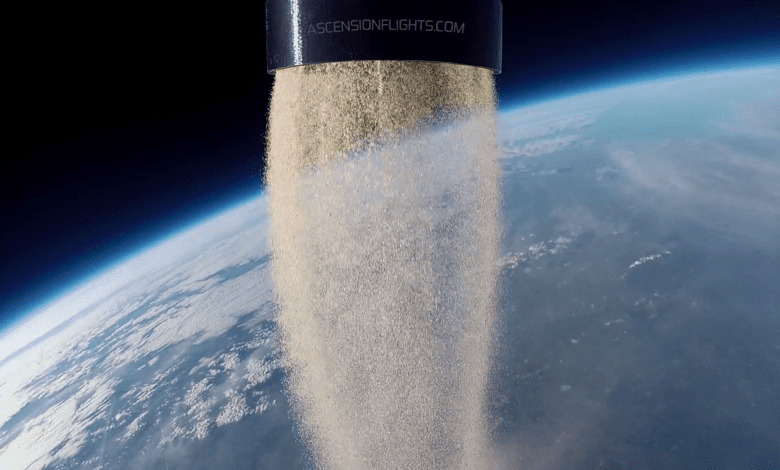Features
Space Burials – Ascension Flights

Burial methods have become more diverse over time, allowing those who have passed to leave this world in increasingly eccentric manners. Space burial company, Ascension Flights, discuss how they scatter ashes into the cosmos.
You'll need to
subscribe to unlock this content. Already subscribed? Login?

